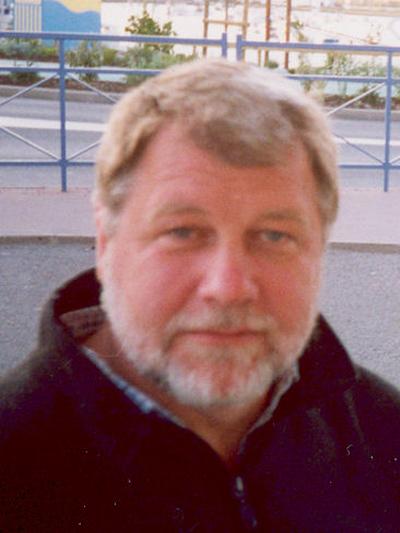Research interests
My overall research interest is the processing and transformation of information within the nervous system. The long-term ambition being to understand the processes and principles which underlie the distribution and function of signalling systems within the architecture of the cell, and determine its fate.
The overarching theme of my research over recent years has been the search for ways to extract pragmatically useful knowledge from the wealth of attainable neuroscience information. This is a central theme in many fields where new technologies generate vast data sets but understanding is lagging. Core to this theme is the modelling of function and dysfunction at a number of levels of abstraction.
This is exemplified in the development and use of organotypic cultures of rodent brain for modelling neuropathology. This system retains synaptic connectivity, cell type diversity and electrical activity in a controlled in-vitro system. This work is part of long-standing collaborations within Biological Sciences and further afield, combining our imaging and tissue-culturing expertise to allow analysis of neuronal function. The success of this work translated into a spin-out company, Capsant Neurotechnologies, that we co-founded in 2002. We have advanced this work for the study of neuronal network dysfunction in organotypic cultures derived from transgenic mice that are allowing us to investigate the effects of mutants affecting synaptic signalling. This work also has important implications for the 3Rs agenda.
A fascinating parallel development has arisen out of collaborations with colleagues in Electronics and Computing where we have sought to model the computational function of neurones as cellular automata. The central theme is the notion that the computational function of a neurone is a stable outcome of the cellular regulatory processes. If this posit holds, then it becomes possible to attempt to abstract the computational function and test through modelling the degree to which the system behaviour has been captured. These concepts have been applied to an EPSRC funded project to build a Biologically-Inspired Massively Parallel Architecture computer system. On the one hand we are using observed principles from biological systems to programme the new system, and on the other hand the new system provides a platform on which we can test the implications of the connectomics information now becoming available (Brown et al. 2018).
The desire to better understand neuronal signalling across all scales has also led to collaborations to allow us to image the processes that occur on the nanometre scale, which is vital in neural systems. To this end we want to be able to visualise living cells are a resolution smaller that the wavelength of visible light. This work involves close collaboration with colleagues in Physics/ORC who have pioneered these systems. Our main approach has been to use visible light, initially with confocal microscopy, but now we have extended this with a sophisticated optical system that can provide a sub-wavelength illumination spot to probe tissue on the nanometre scale. This work has led to the filing of a patent for a novel form of optical nanoscope that utilises super-oscillation (Thomas et al. 2015). A second high-resolution imaging approach that we are exploring is the use of much shorter wavelengths of illumination, extreme UV (soft X-ray). This work has now advanced to the point that we can generate images of neuronal structures with a resolution of ~80nm (Baksh et al. 2020).
To come full circle, the information we can glean from detailed analysis of cell and synapse physiology and pathology can inform our larger scale computational modelling work and hopefully help explain outcomes at a behavioural level.
Research group
Neuroscience
Affiliate research group
Southampton Neuroscience Group (SoNG)
Research project(s)
Mammalian Neurodegeneration
NanoScope
OtoAcoustic Biometrics
Professor John ChadSchool of Biological Sciences
Faculty of Environmental and Life Sciences
Life Sciences Building 85
University of Southampton
Highfield Campus
Southampton
SO17 1BJ
Room Number : 85/3053
Professor John Chad's
personal home page 